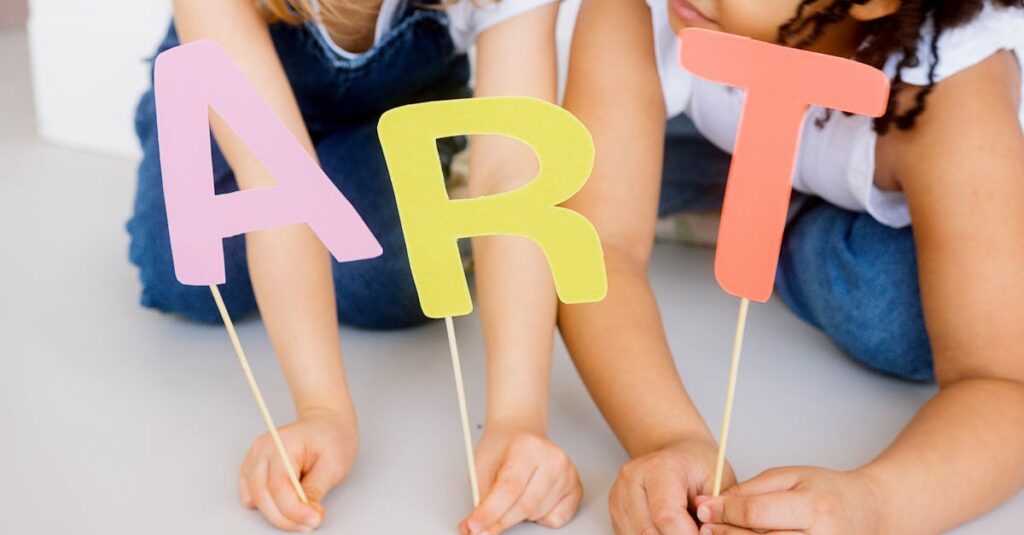Why Boundaries Matter in Parenting
Teaching personal boundaries to preschoolers might seem like explaining quantum physics to a cat, but it’s surprisingly doable. Picture this: Your little one is about to transform from a ‘grab everything in sight’ tiny human into a ‘respecting personal spaces’ slightly bigger human. It’s all about planting the seeds early in Christian parenting, mixed with a dash of patience and a sprinkle of humor.
Setting boundaries is crucial in helping children understand empathy and respect for others. By establishing clear limits, children learn and practice important social skills that will benefit them throughout their lives.
Starting the Conversation
Ever tried starting a serious conversation with a preschooler? It’s like launching a space mission with a rubber band. But fear not! Begin by simplifying the concept of personal boundaries into ‘invisible bubbles’ around us that need to be respected. Make it visual; children love visuals! And remember, questions are good; they mean your child is paying attention.
Embracing these creative methods can help create a safe and understanding environment for your child to communicate openly.
Using Bible Stories to Illustrate Boundaries
Nothing beats a good Bible story to illustrate a point, especially in Christian parenting. The story of Jesus and the little children (Mark 10:13-16) is a fantastic start. It’s like saying, ‘See, even Jesus had moments when boundaries were important!’ Highlight how Jesus showed respect and kindness, which are the bedrock of understanding boundaries.
Illustrating boundaries through biblical stories can be a powerful tool in teaching valuable lessons, especially emphasizing the importance of respect and kindness in setting boundaries.
Practical Ways to Teach Boundaries
Games like ‘Red Light, Green Light’ can be a fun way to teach boundaries. Imagine your child learning to stop and go at appropriate times, all while giggling uncontrollably. It’s effective learning masked in fun. Also, discussing feelings related to personal space during play helps embed these crucial lessons in everyday life.
Handling Boundary Pushbacks
When your preschooler tests boundaries, and they will, imagine you’re a diplomat negotiating peace—not war. Approach the situation with empathy, understanding that this is uncharted territory for them. Navigate these moments with clear explanations and remind them of the ‘why’ behind boundaries. Picture it as rerouting a lost traveler.
Encouraging Respectful Interactions
Encouraging your child to play with others, while respecting their ‘bubbles’, is like overseeing a dance—a bit chaotic but beautiful when in rhythm. Use phrases like ‘How would you feel?’ to foster empathy. And watch as your preschooler starts recognizing and respecting the personal space of others, all while making friends.
Reinforcing Lessons with Love and Consistency
Consistency is your best friend here, but it doesn’t have to be monotonous. Think of it as playing your child’s favorite song on repeat. They’ll quickly learn the tune. Reiterate boundary lessons through daily activities, and always wrap up with a hug to show that discipline and love go hand in hand.
Related Posts:
- Boundary Setting for Sharing & Respect
- Managing Boundaries in Public Outings for Preschoolers
- Defiance & Boundary Setting with Pre-Schoolers
- Healthy Boundaries for Preschool Social Interactions
- Boundaries for Positive Language & Behavior with Love

